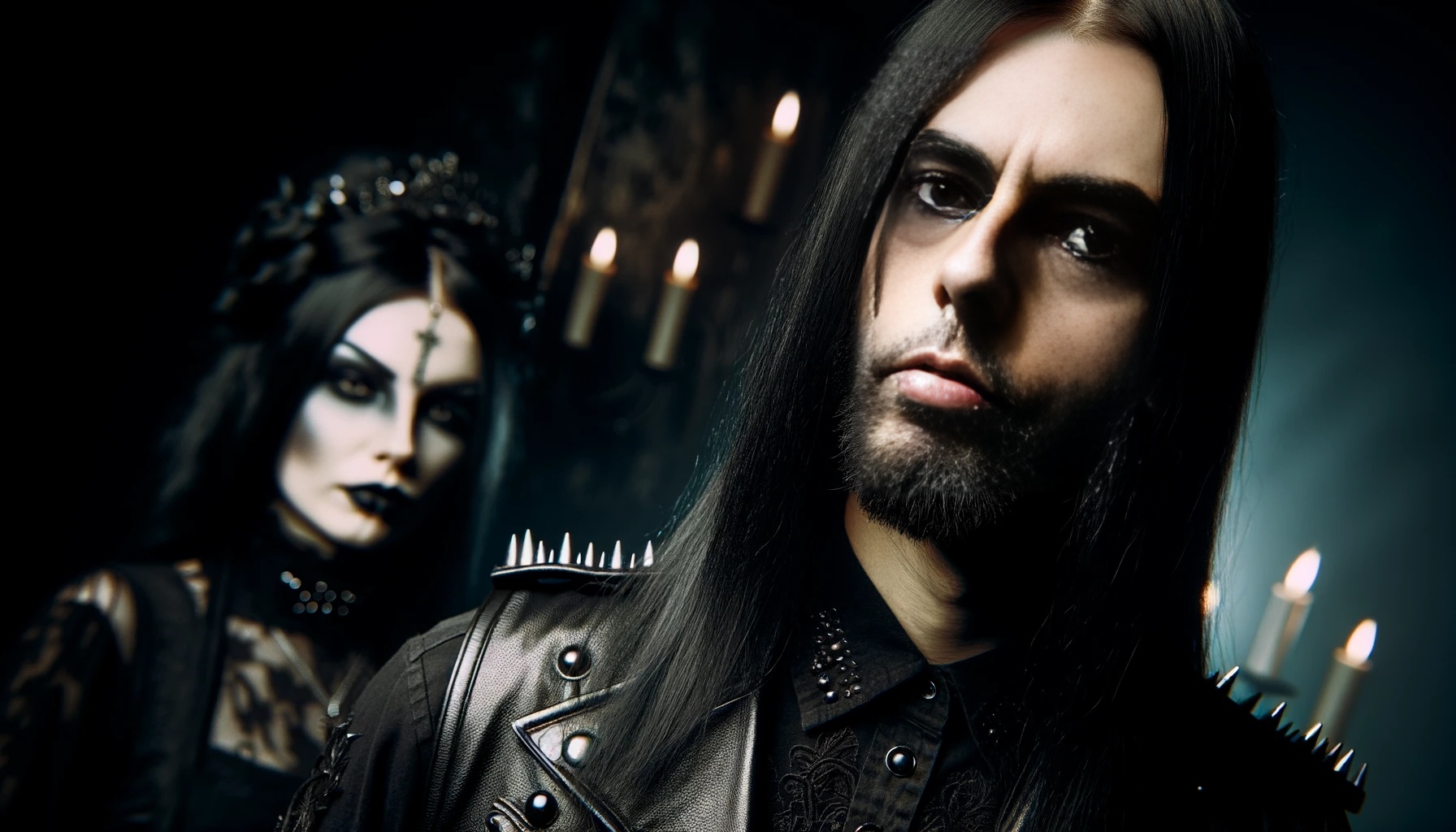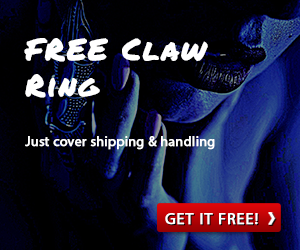In the shadows of the night, amidst the cacophony of distorted guitars and the somber melodies of goth, lies a vibrant tapestry of diversity and inclusion. The metal and goth subcultures, often perceived through a monochromatic lens of darkness and rebellion, are in fact rich with the colors of the LGBTQ+ spectrum. This exploration delves into the heart of these communities, unearthing the significant, yet often overlooked, representation of LGBTQ+ individuals within the metal and goth realms.
The metal and goth scenes have historically been sanctuaries for those who dare to deviate from the mainstream, offering solace to souls that resonate with the darker, more introspective aspects of life. Yet, the journey towards LGBTQ+ inclusivity within these subcultures has been a complex symphony of progress and setbacks, echoing broader societal attitudes towards gender and sexuality.

The Symphony of Acceptance: LGBTQ+ Representation in Metal
The metal scene, with its roots entangled in rebellion and counter-culture, presents a paradoxical relationship with LGBTQ+ representation. Early metal culture, steeped in hypermasculinity and heteronormative imagery, seemed at odds with LGBTQ+ visibility. However, beneath the surface, the narrative began to shift. Icons such as Rob Halford of Judas Priest, who came out as gay in the late 1990s, shattered stereotypes, proving that one’s sexual orientation holds no bearing on their ability to embody the power and aggression of metal. Halford’s coming out was a watershed moment, challenging the metal community to confront its own prejudices and embrace diversity.
In the ensuing years, the metal world has witnessed a gradual, yet undeniable, increase in LGBTQ+ representation. Bands like Cynic and Life of Agony have members who are openly part of the LGBTQ+ community, serving as beacons of hope and sources of inspiration for fans navigating their own identities. Furthermore, the rise of queercore and LGBTQ+ themed metal bands has created spaces within the genre that explicitly celebrate queer identities and experiences.

Gothic Echoes: LGBTQ+ Presence in the Goth Subculture
The goth subculture, born from the post-punk movement of the late 1970s and early 1980s, has always had an intrinsic connection to the exploration of identity, including gender and sexuality. The androgynous fashion and makeup, a hallmark of goth aesthetics, challenge traditional gender norms and provide a canvas for self-expression that transcends binary categorizations.
Goth music and culture have embraced themes of alienation, loneliness, and the questioning of societal norms, resonating deeply with many in the LGBTQ+ community. Artists like Pete Burns of Dead or Alive and Dave Vanian of The Damned have embodied the goth ethos while also living their truth as members of the LGBTQ+ community. Clubs and events within the goth scene often pride themselves on being inclusive and safe spaces for LGBTQ+ individuals, where the exploration of one’s identity is not just accepted but celebrated.

Challenges and Triumphs
Despite the progress, challenges remain. The metal and goth scenes are not immune to the prejudices that permeate society at large. Instances of homophobia and transphobia, while decreasing, still occur, reminding us that the battle for acceptance and equality is ongoing. However, the growing visibility of LGBTQ+ artists and fans, coupled with a concerted effort by many within these communities to confront and address discrimination, offers hope for a more inclusive future.
The internet and social media have played pivotal roles in this evolution, allowing LGBTQ+ metalheads and goths to connect, share their experiences, and build supportive networks across the globe. Online platforms offer a sanctuary for those who may feel isolated in their local scenes, fostering a sense of belonging and community.

The Path Forward
As we gaze into the abyss of the future, it is clear that the journey towards full LGBTQ+ representation in the metal and goth subcultures is far from complete. Yet, the strides made thus far are testament to the resilience and solidarity of these communities. By continuing to amplify the voices of LGBTQ+ artists and fans, challenging discriminatory attitudes, and celebrating diversity, the metal and goth scenes can become even more vibrant and inclusive.
The conversation around LGBTQ+ Representation in Metal and Goth Subcultures is not just about visibility; it’s about recognizing the power of music and culture to bring people together, to heal, and to empower. It’s about acknowledging that at the heart of these subcultures is a shared desire to find beauty in the darkness, to embrace our differences, and to stand united in the face of adversity.
In this symphony of shadows, every voice matters, every identity deserves to be celebrated, and every heart has a home.
For those who wish to explore the intersection of alternative style and LGBTQ+ identity further, I invite you to visit Alt Style Clothing for a curated selection of attire that embodies the spirit of
our diverse and inclusive community. Additionally, delve deeper into the nuances of carnal lust and sexuality within our subcultures by exploring my section at HaborymX, where I share insights and reflections on embracing our full selves in the realm of the dark and the beautiful.
And for a more personal journey through the gothic and metal landscapes, alongside musings on LGBTQ+ representation within these vibrant communities, follow me on social media. Together, we can continue to forge a path of acceptance, understanding, and celebration of the myriad ways in which our dark, melodic hearts beat as one.

The narrative of LGBTQ+ representation in metal and goth subcultures is a tapestry woven with threads of courage, struggle, and triumph. It is a reminder that within our shared love for the macabre, the melancholic, and the heavy, lies the power to transcend boundaries, to challenge norms, and to create a world where everyone is free to express their truest selves without fear. As we march forward, let the thunderous riffs and haunting melodies be a call to arms for inclusivity, a beacon of hope for those still finding their way, and a celebration of the diversity that makes our subcultures truly unique and special.
In the end, the metal and goth communities are not just about the music or the fashion; they’re about the people who breathe life into them. It’s about creating a space where everyone, regardless of who they love or how they identify, can come together in the name of all that is dark and beautiful. So, let’s raise our voices, clad in leather and lace, and proclaim that in our world, love knows no bounds, and the only true sin is denying who we are.
To all my fellow metalheads and goths, especially those who are part of the LGBTQ+ community, know that you are seen, you are valued, and you are an integral part of the fabric that makes our subcultures so wonderfully complex and infinitely rich. Let’s continue to support each other, celebrate our differences, and rock on in the spirit of unity and love.
Until our paths cross again in the night, keep the flame of acceptance and diversity burning bright. Remember, in the dark, we find the light, and in our differences, we find our strength.




